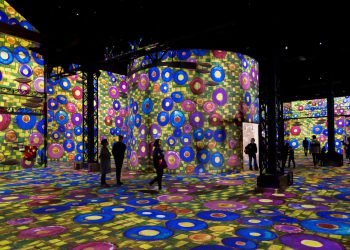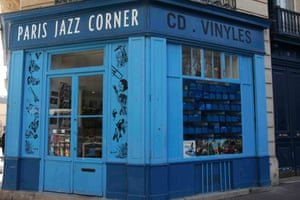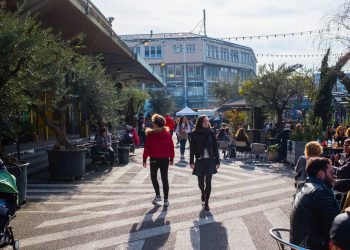Poor Amedeo Modigliani, what a tough life he led. I’m thinking this as I climb the steps to his last studio in Montparnasse. It’s a classic artist’s garret with peeling paint and poor lighting, and climbing the countless floors on a narrow stone tread, leaves me winded. It wouldn’t have been easy for a man with advanced tuberculosis. With Tate Modern about to stage its Modigliani exhibition, I’ve come to number 8 Rue de la Grande-Chaumière, his final home before he died tragically young in 1920. At 35, he wasn’t just a victim of TB, but was suffering the toll of a lifetime’s enthusiasm for alcohol and drugs.
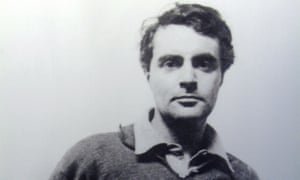
Political journalist Monia and her chef husband Nicolas now live here, and I’m about to try one of their new pop-up dinners themed around dishes from Modigliani’s favourite local restaurant, the now defunct Chez Rosalie. The studio is chic and comfortable, with stripped wooden floors, Tunisian knick-knacks and a partially shaved Persian cat called Jean-Michel Basquiat. Our evening meal is more banquet than artist-on-a-budget, with nibbles and prosecco, baked aubergine, slow-cooked coq au vin and rice pudding topped with rosewater ice-cream. There’s absinthe, too, while Monia, a dead ringer for one of Modigliani’s serene models, regales us with stories. “Modigliani was a great womaniser,” she says. “He once mocked Picasso by asking: ‘Pablo, how do you make love to a cube?’”
To get a feel for his impoverished Parisian world you need to divide your time between Montmartre and the grittier Montparnasse – the latter was where artists migrated for cheap rent. Despite the gentrification, there are still pockets of authentic bohemianism to be found here.

On Monia’s tucked-away street stands the famous art suppliers Sennelier, alongside two 19th-century art schools. There’s Hôtel des Académies et des Arts too, where we are staying in rooms decorated with stencilled nudes. Opposite is the Académie Colarossi, where Modigliani met his last lover, the 19-year-old art student Jeanne Hébuterne, in 1917, the year he staged his only solo exhibition, at the Berthe Weill gallery. After a brief few hours, the police closed the show. The reason? A public outcry at his depiction of pubic hair.
Today, the academy’s current students – primarily femmes d’un certain âge in slubby linen – await their model’s arrival. In this large easel-cluttered space there’s a smell of turps and oil paint, and an air of studied concentration that’s more leisure-time bourgeois than spirited bohemian.

Even so, it’s good to see Montparnasse’s artistic heritage thriving, as it is in the pavement drinkers at La Rotonde, the sprawling corner cafe Modigliani and Picasso patronised on nearby Boulevard du Montparnasse. The proprietor often accepted paintings in lieu of payment.
Nowadays, it’s reproductions of Modigliani’s nudes rather than originals that line the walls but the place is otherwise pretty much unchanged: a pleasing mishmash of red plush banquettes and fringed golden table lamps. Sitting outside, people-watching with a pastis on a warm evening helps you understand why this was considered a pole-position cafe.

In 1906, handsome and fresh from Livorno, Modigliani settled among other émigré artists in the Montmartre studio commune of Le Bateau-Lavoir, the Shoreditch of its time. He quickly changed his Italian gear for the Montmartre vagabond look – adding an occasional bad-boy swagger to gatherings by stripping in public. The favourite gathering point for artists at this time was Le Moulin de la Galette on Rue Lepic. This former windmill is now a smart restaurant, where you can savour John Dory with carrot mousseline while looking at the courtyard where Renoir staged his 1876 masterpiece Bal du Moulin de la Galette.
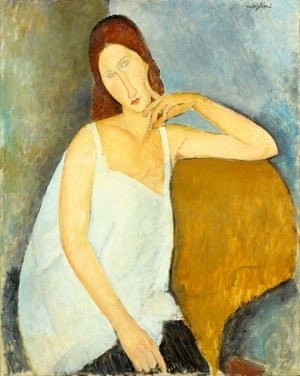
The Sacré-Coeur basilica at that time was under construction, not to be completed until 1914, and though its neighbourhood is now tourist-trodden, around Rue Lepic and Rue Cortot you can still escape them and recreate Modigliani’s world: the cobbled lanes, Paris’s only vineyard draped on a hillside, and pretty walled gardens.
It’s a short walk from here to the Moulin Rouge, which in Modigliani’s day was largely an outdoor venue dominated by a plaster elephant where belly dancers gyrated. Now it’s all glittering costumes and feather boas – to see the show while dining, you need to part with up to €195.
Modigliani had sold little in his lifetime and was often beset by doubts. But if his early demise from tubercular meningitis seems tragic, the drama was to continue. Two days later, his distraught eight-months-pregnant lover, Jeanne Hébuterne, jumped to her death from a fifth- floor window at her parents’ home. It was not until 1930 that her embittered family allowed her body to rest alongside the artist’s in Père-Lachaise cemetery.
Modigliani only achieved significant fame after his death. Within five years, his work began to sell – rising in value to a record-breaking $170m paid for a reclining nude in 2015. It’s poignant to think of this when you stand in front of his grave – a simple stone slab with the fitting epitaph, “Struck down by Death at the moment of glory.”
Way to go
Eurostar fares from London to Paris from £29 one-way. Doubles at Hotel des Academies et des Arts from £115. Modigliani is at Tate Modern from 23 November to 2 April





























